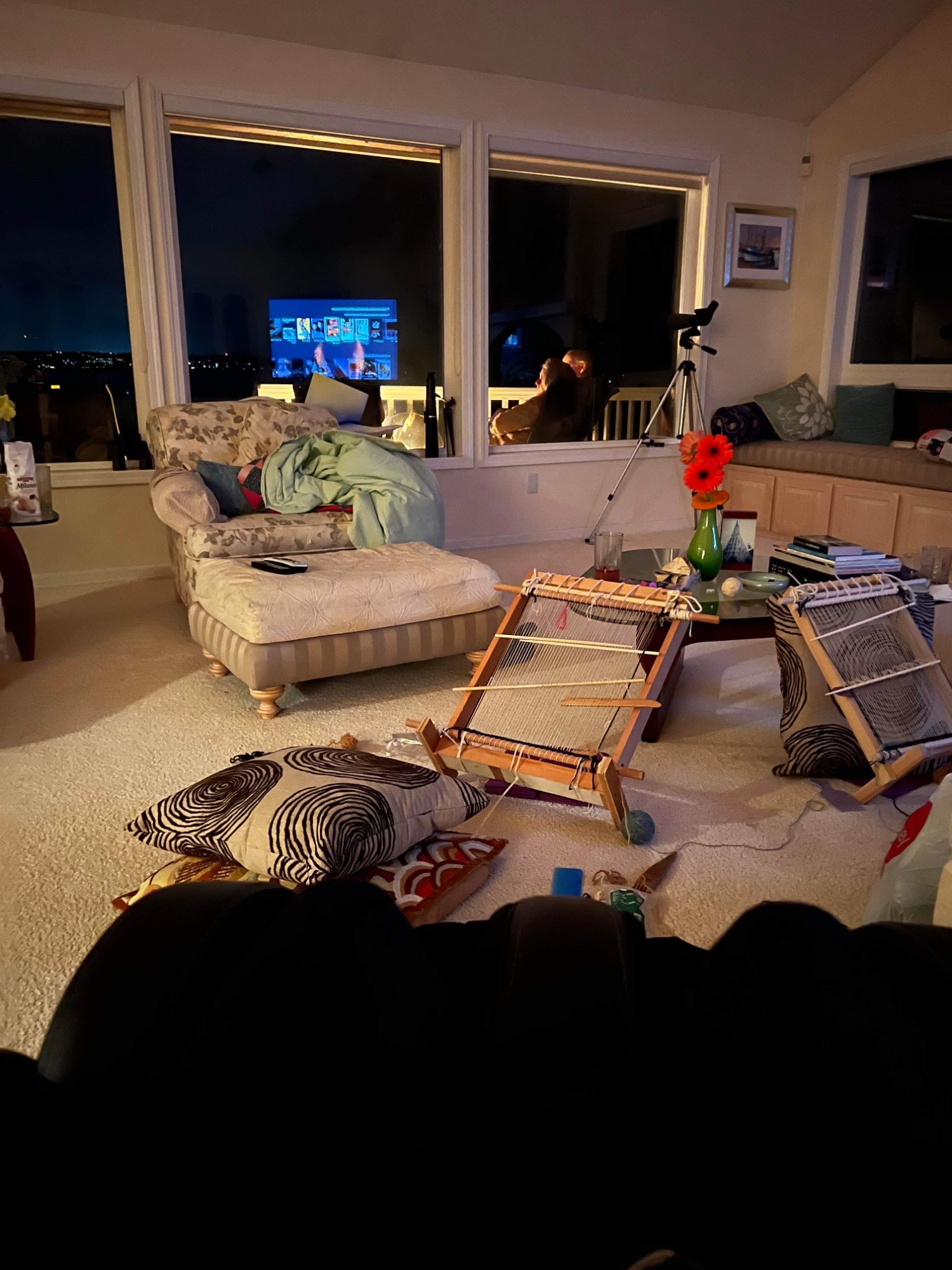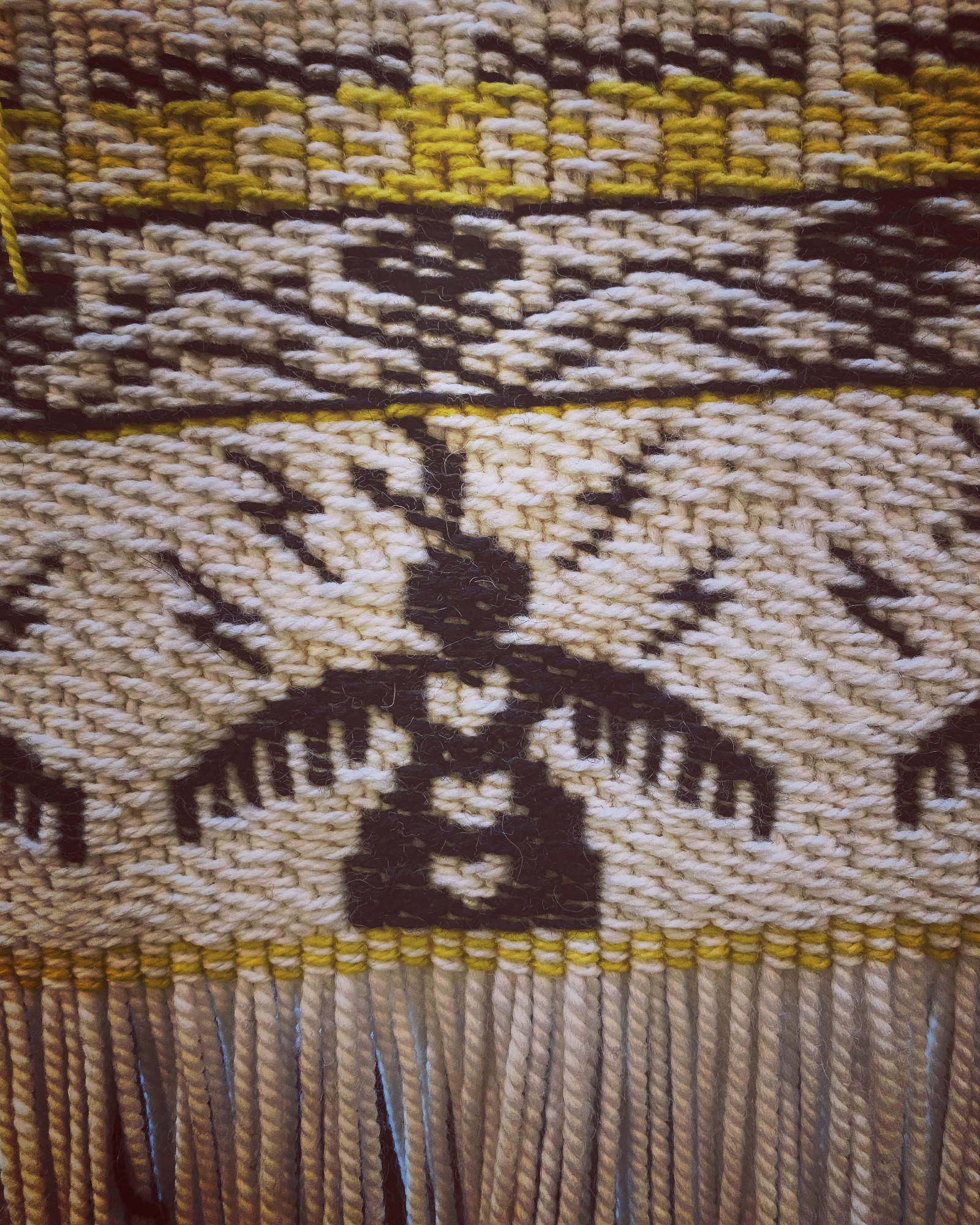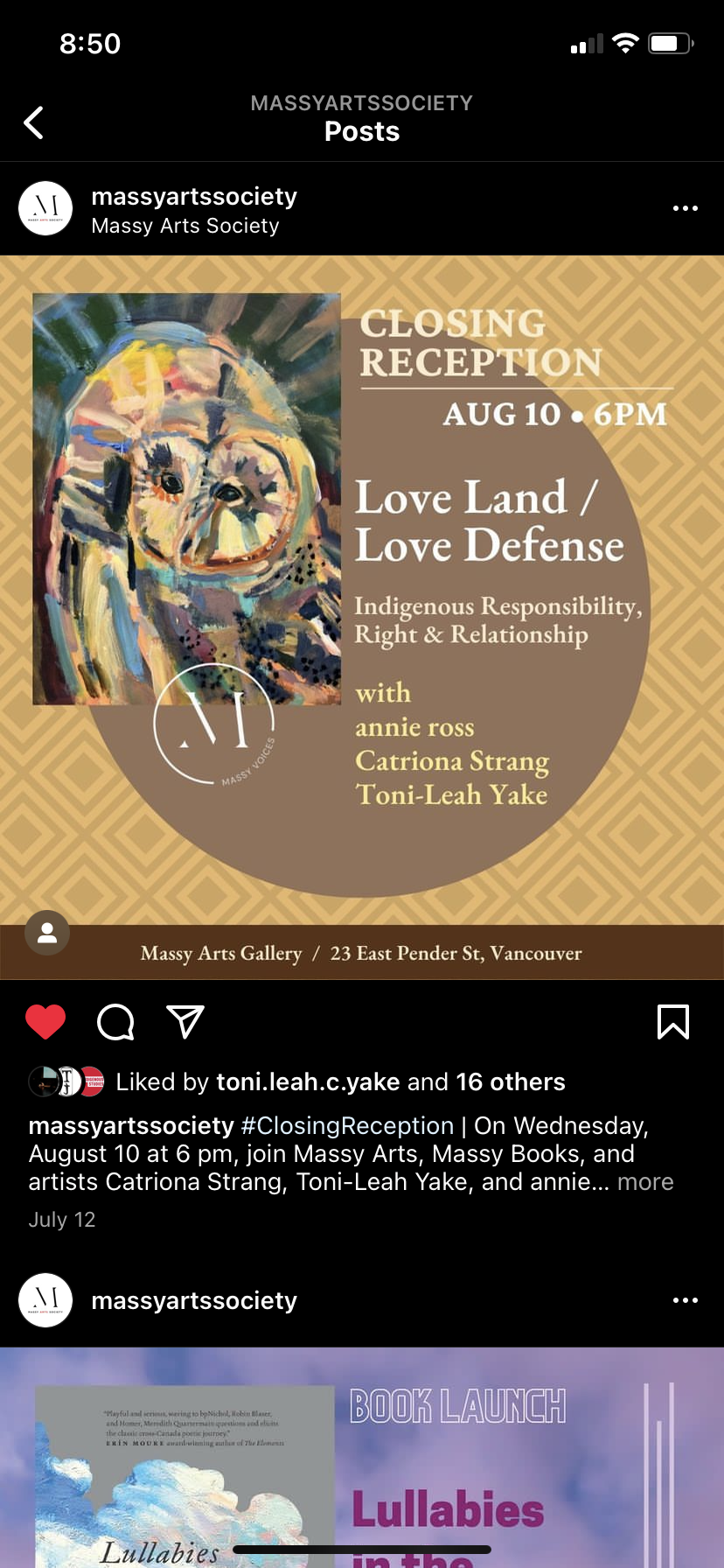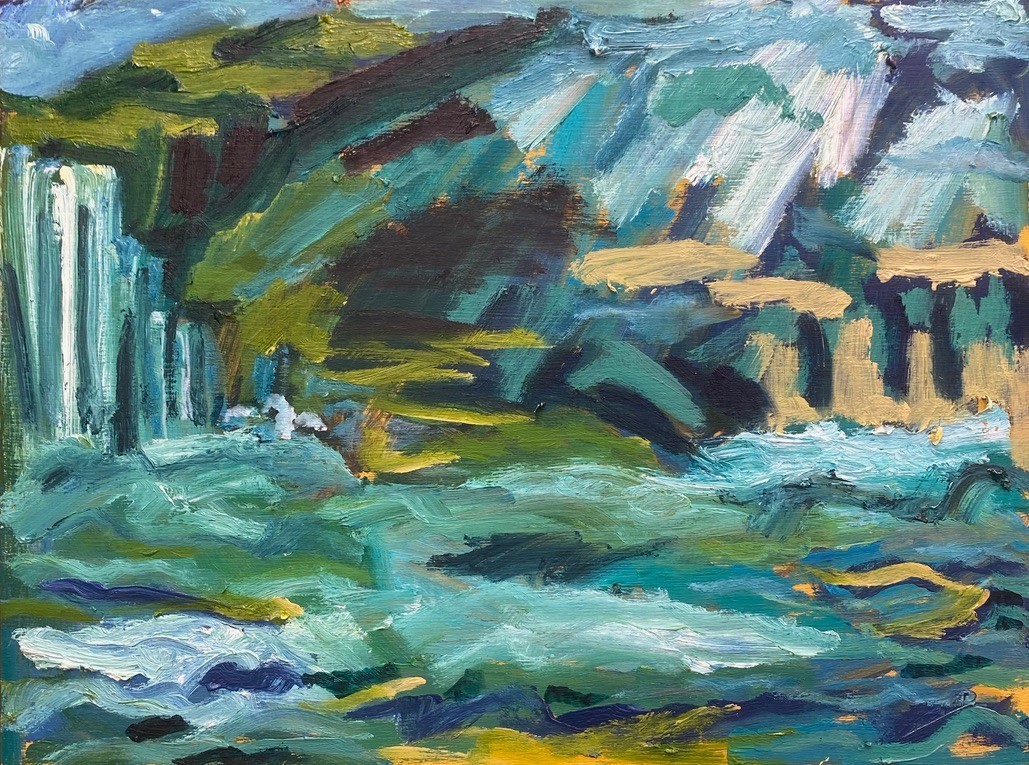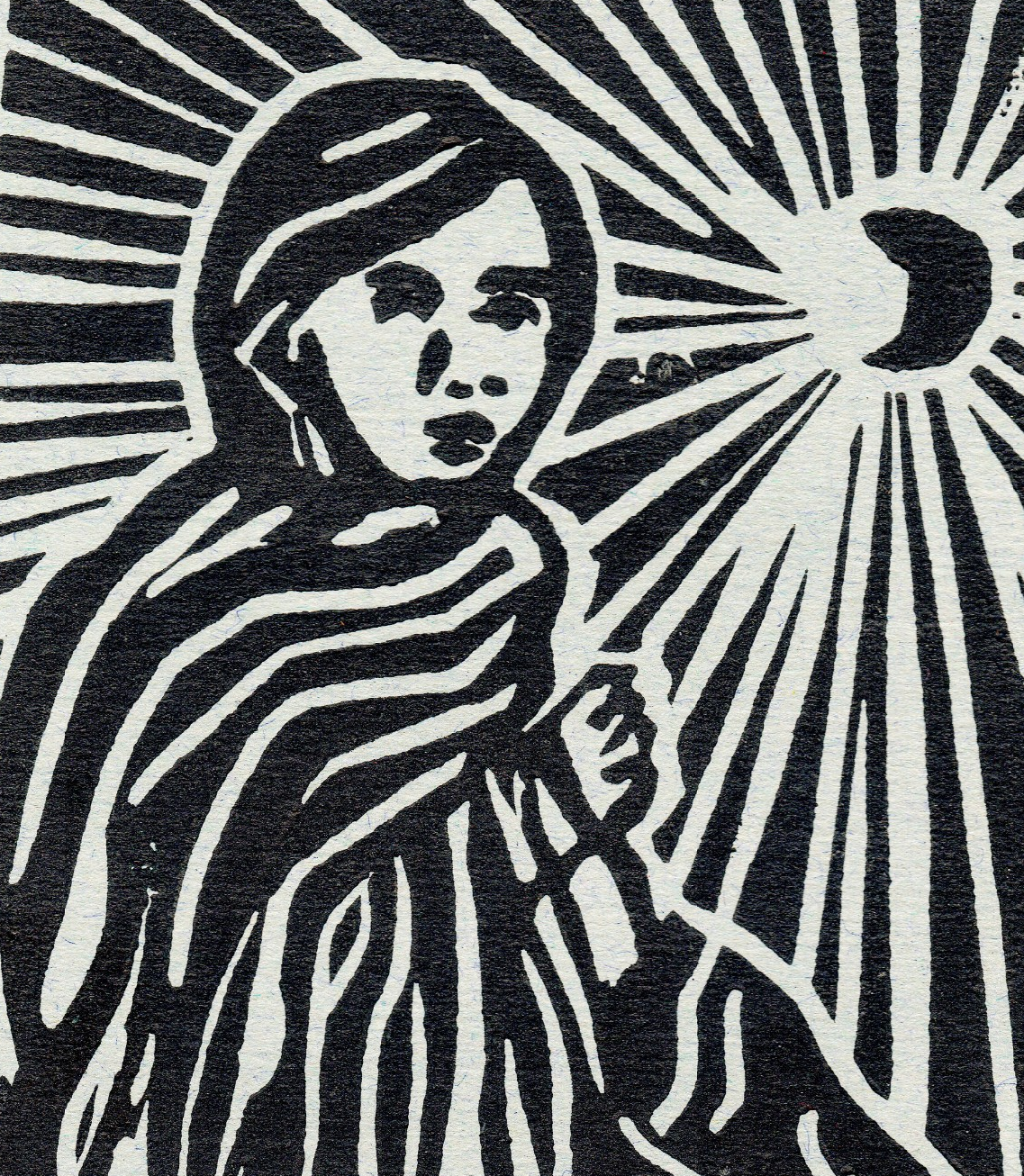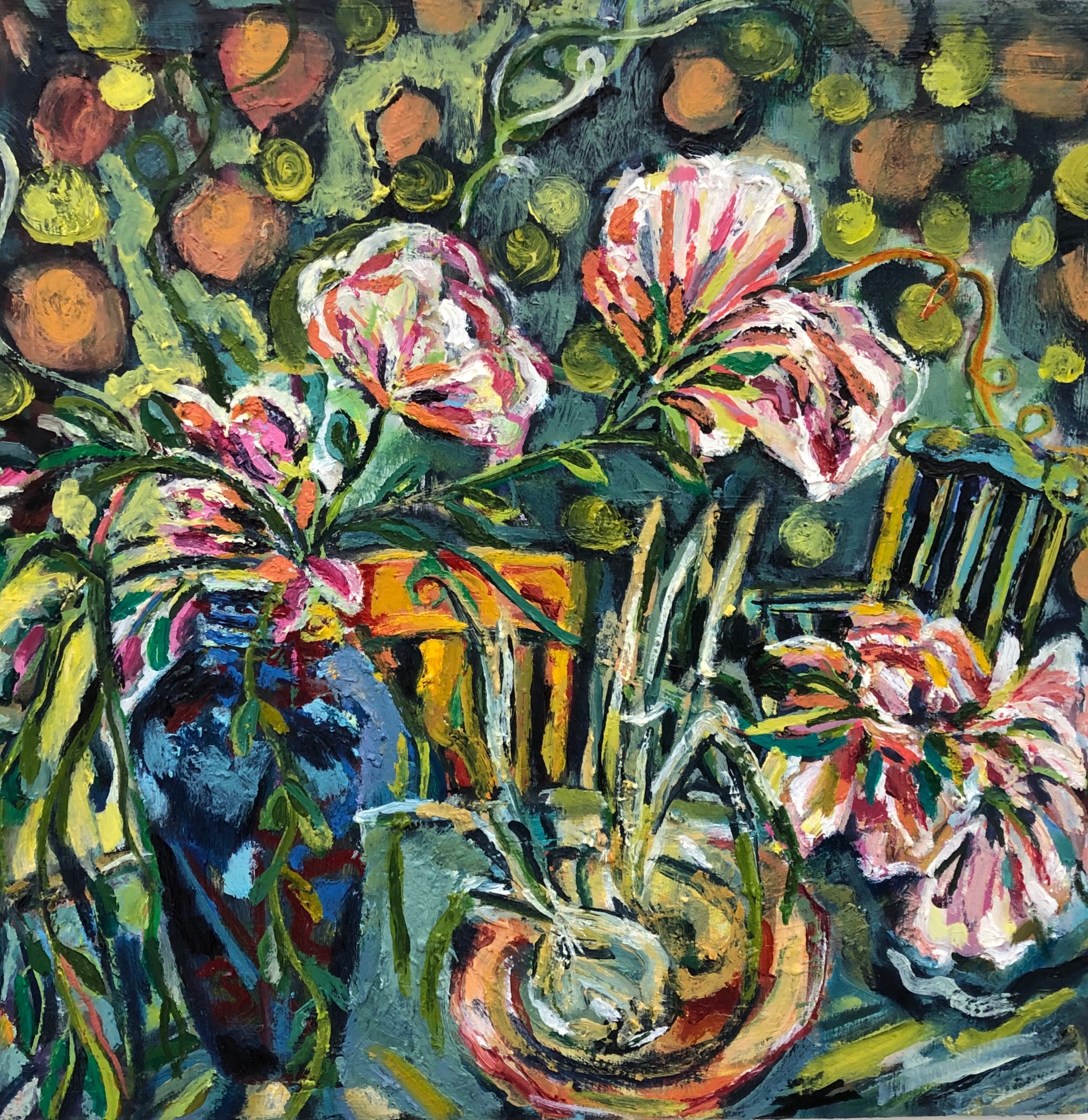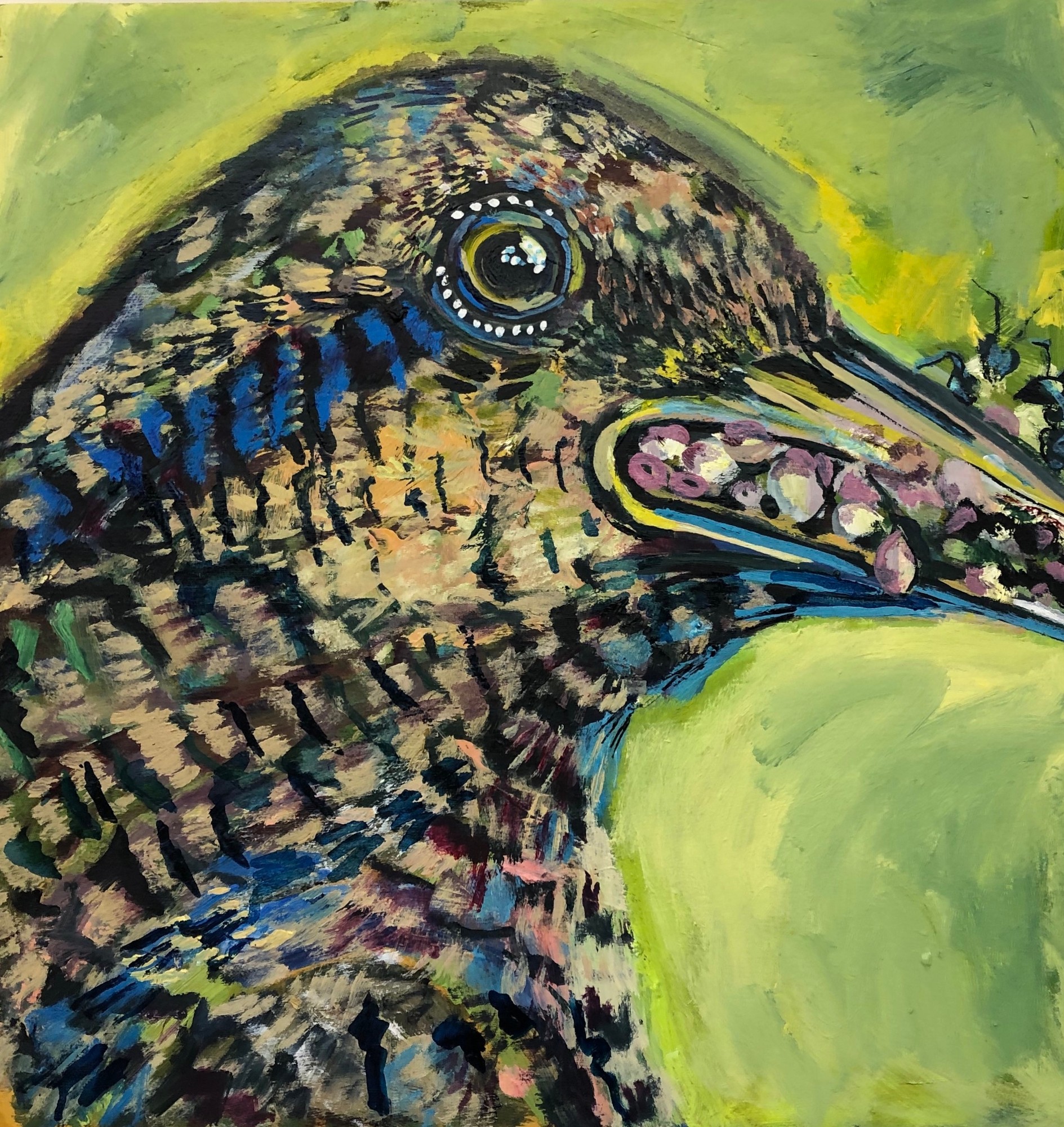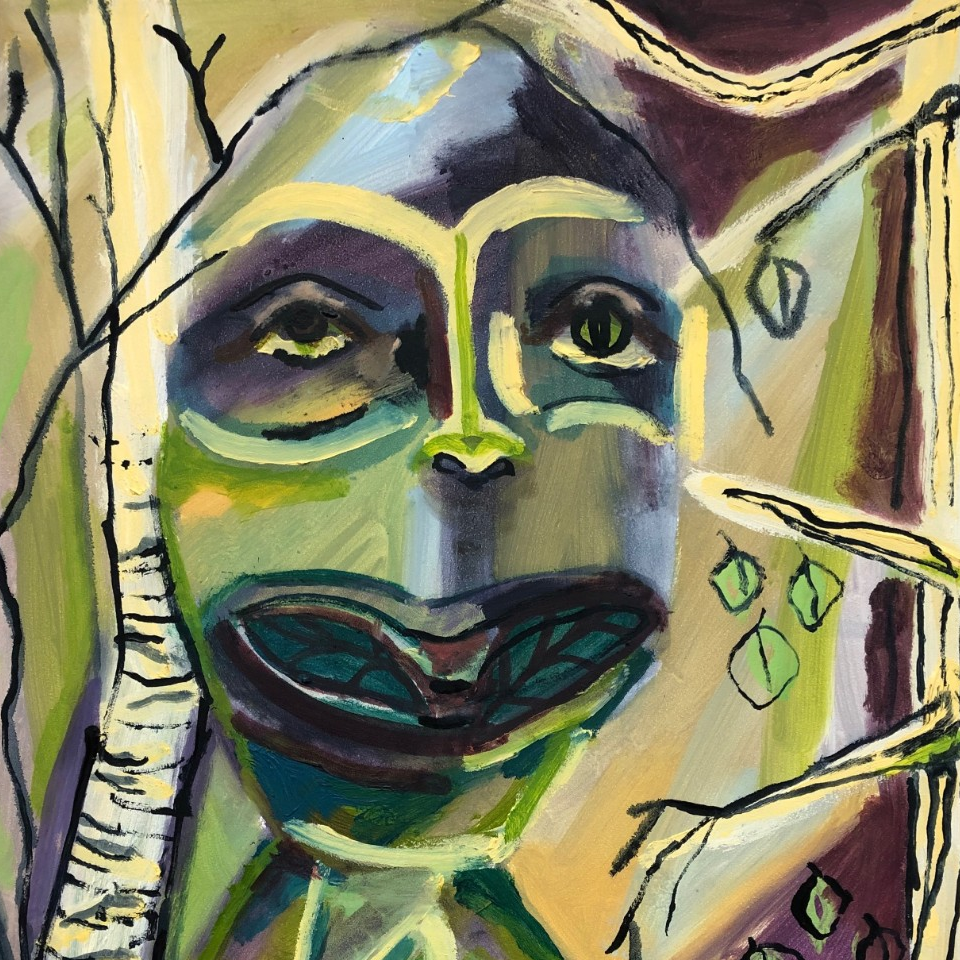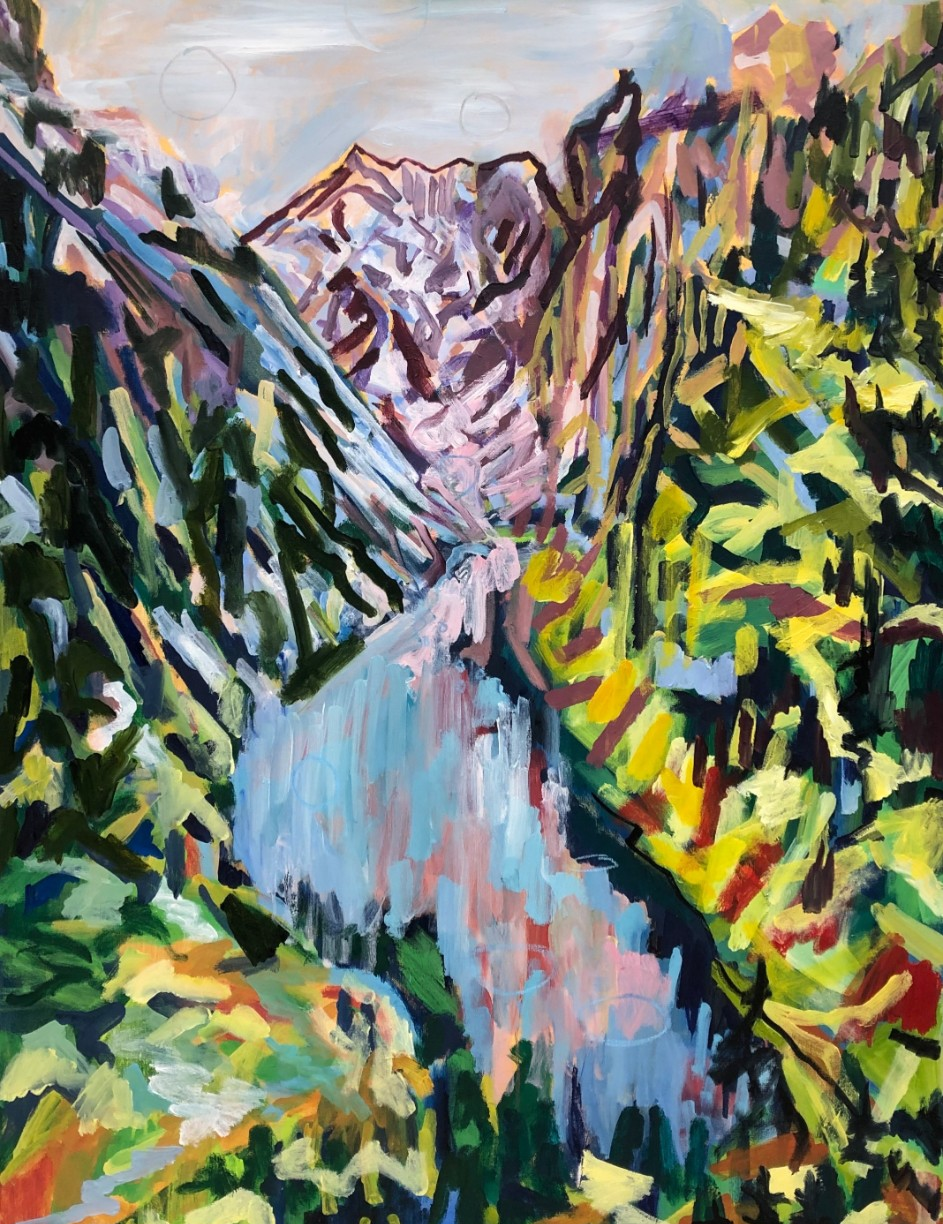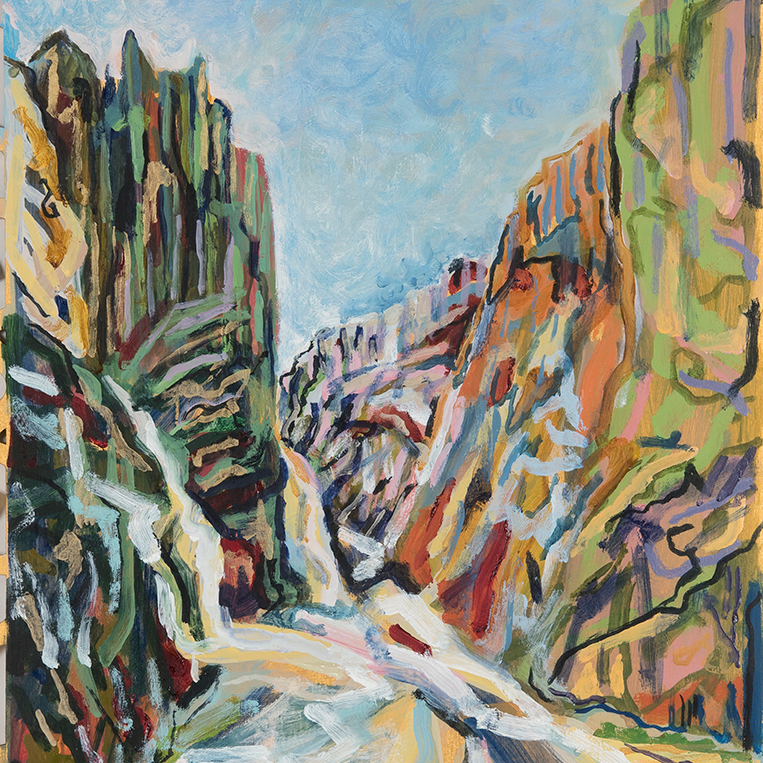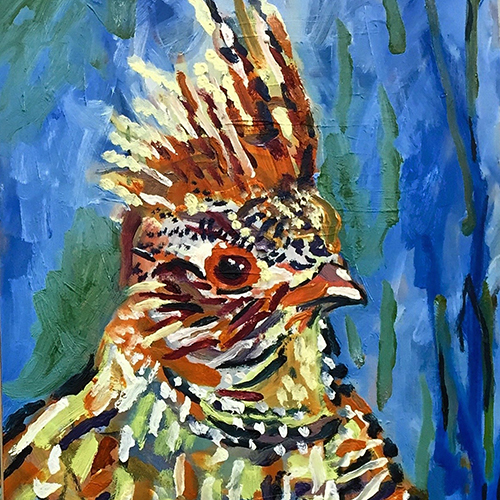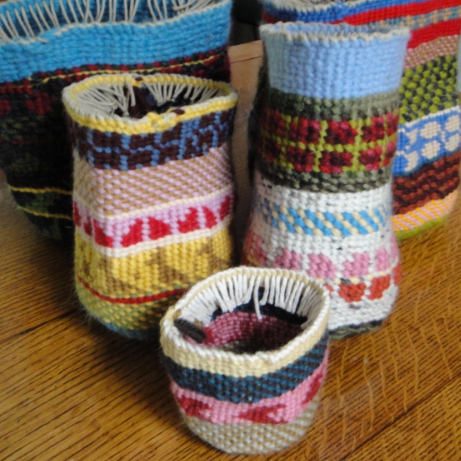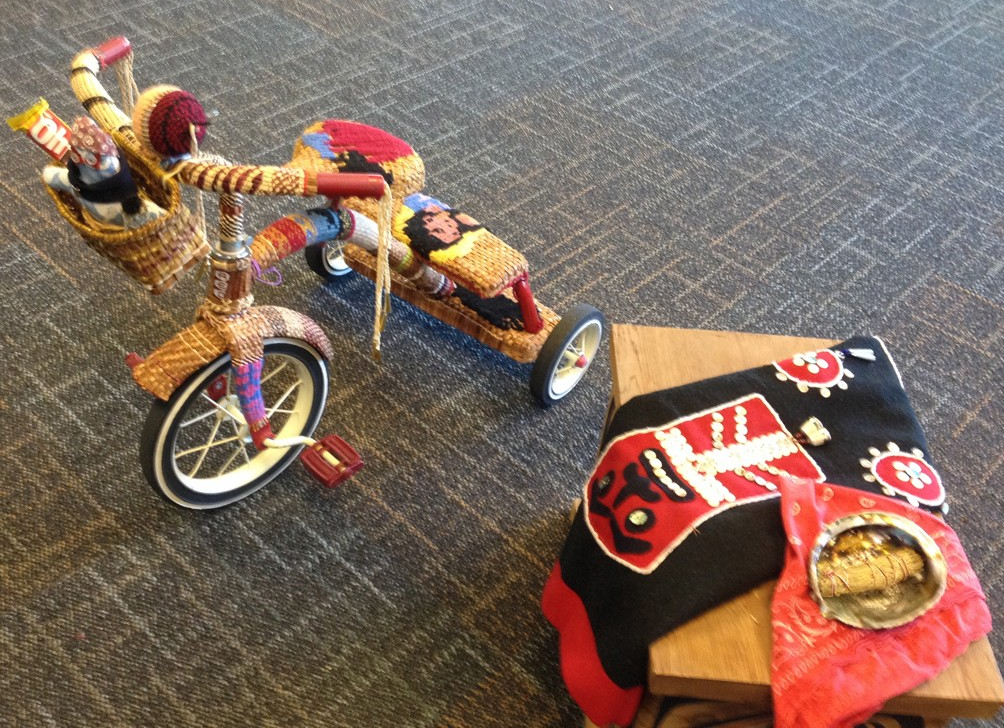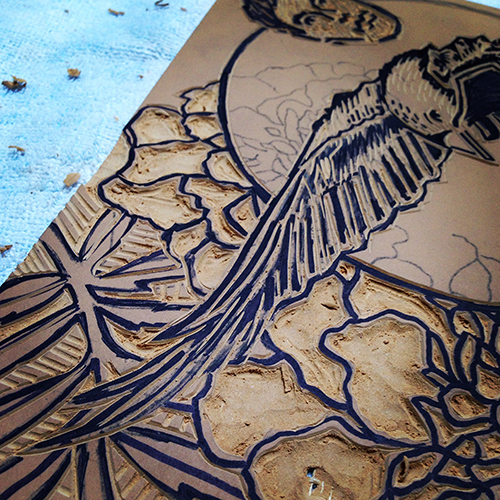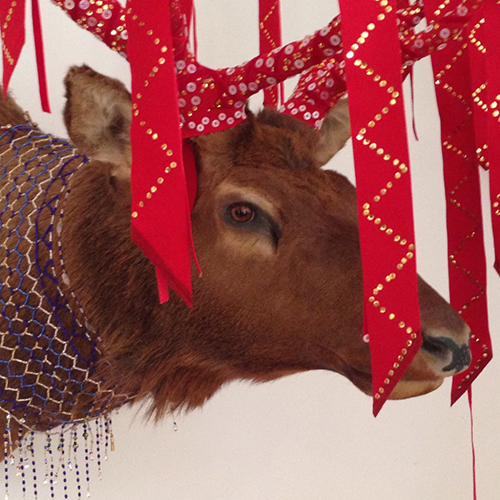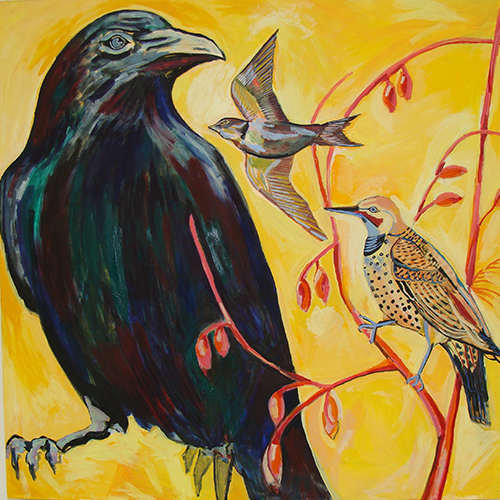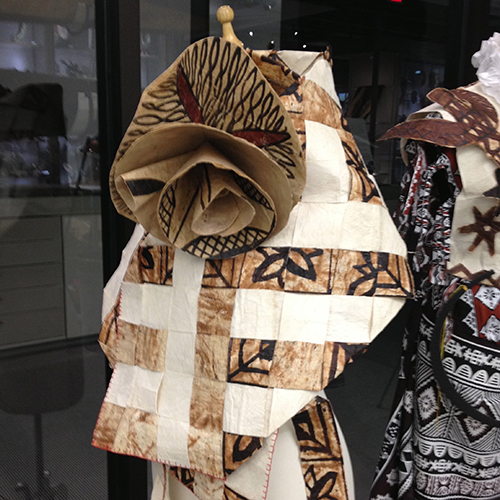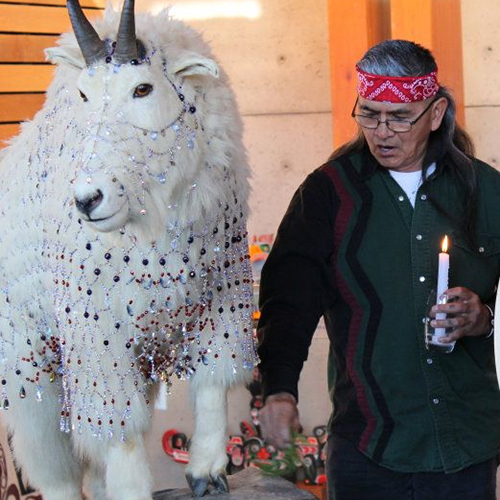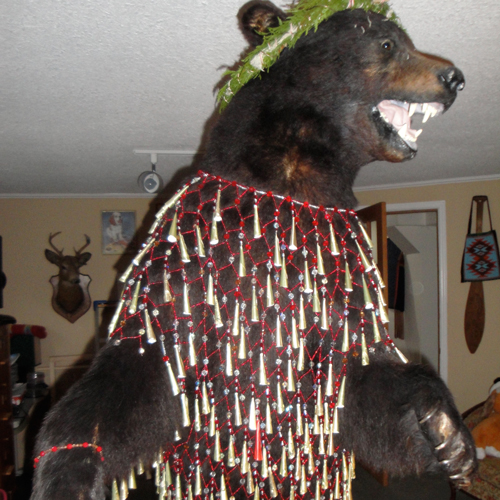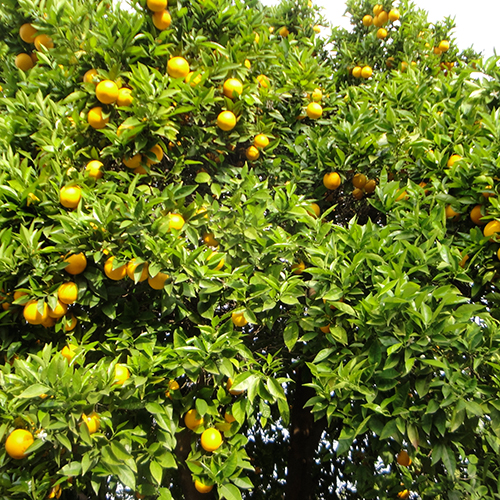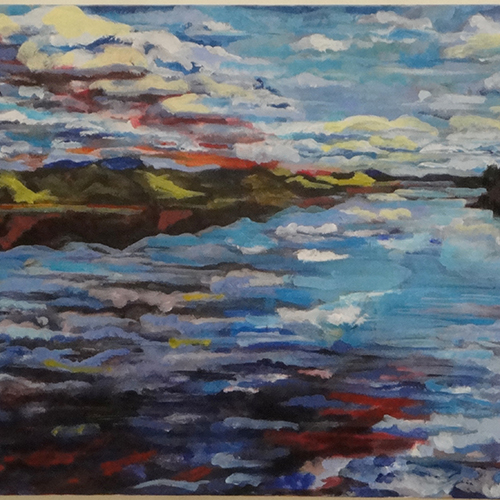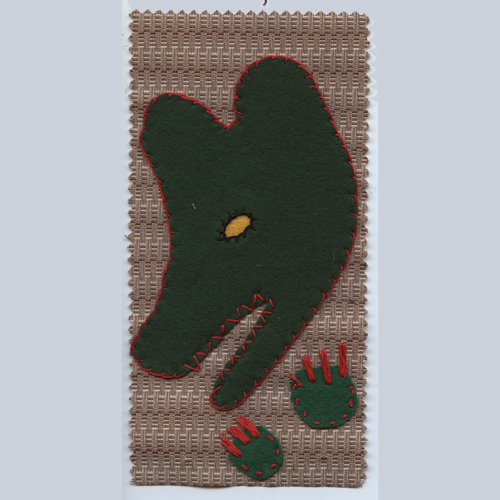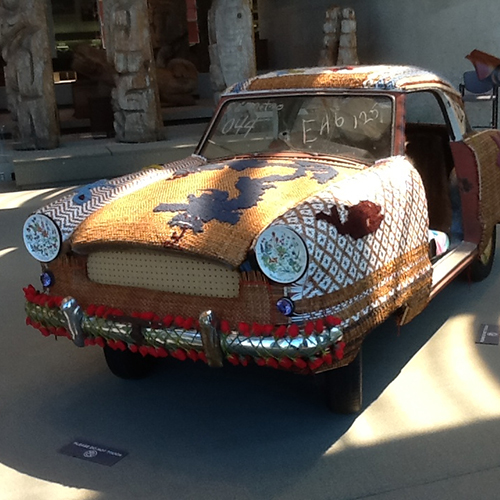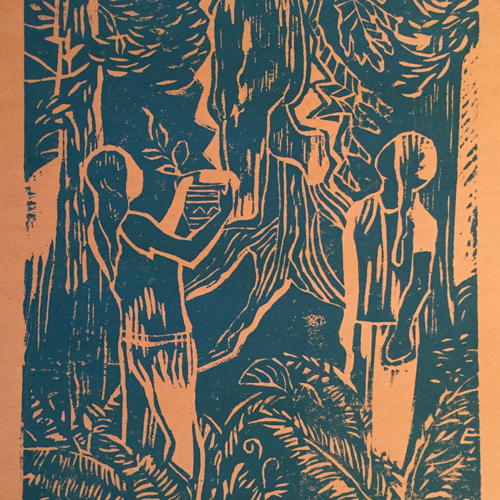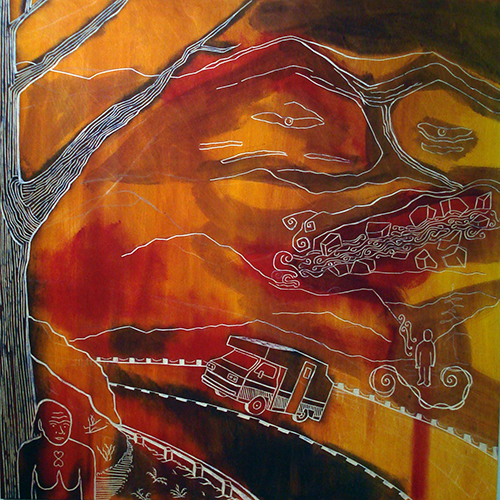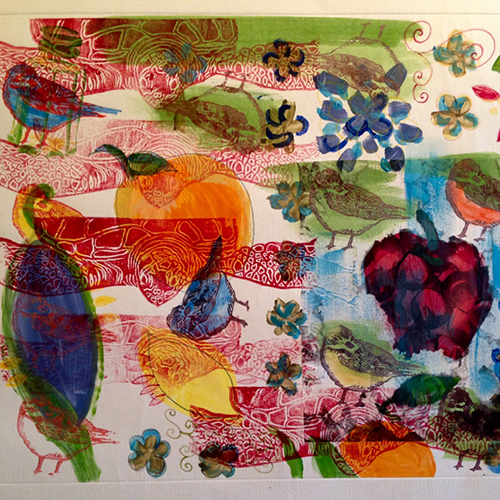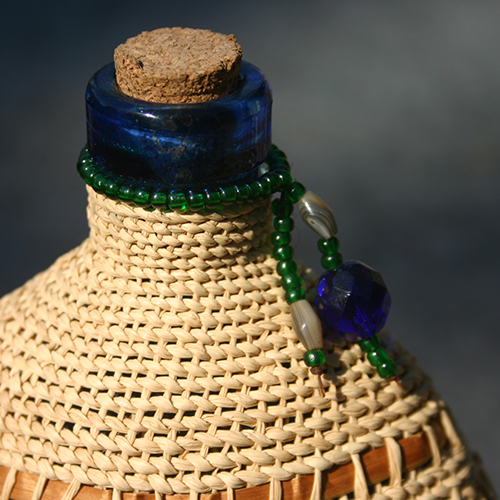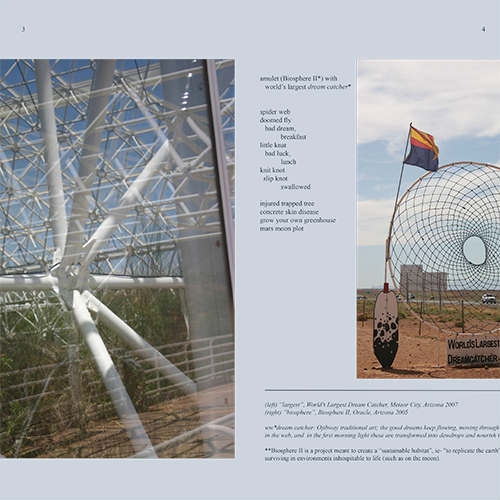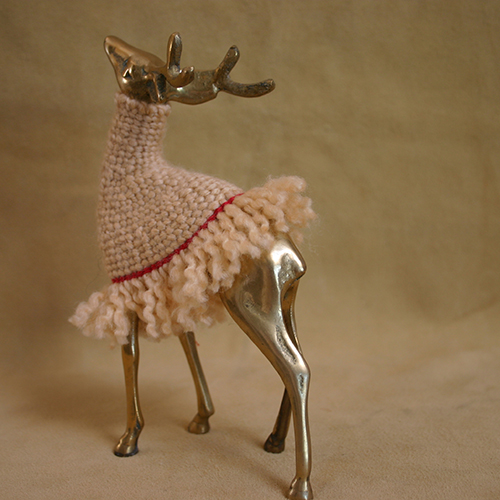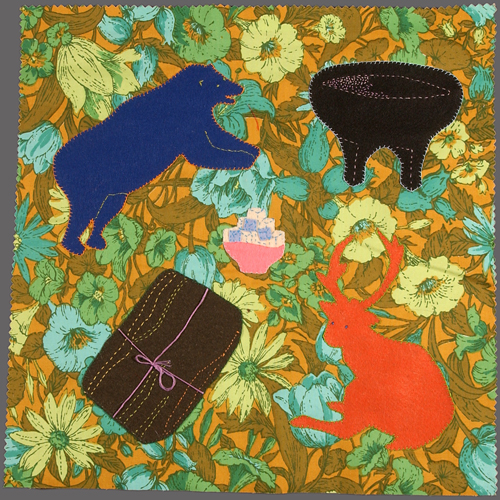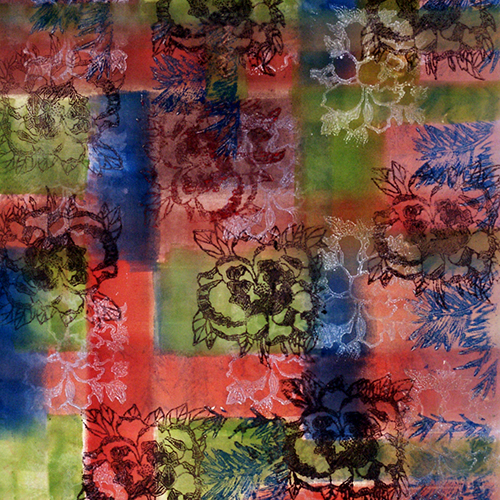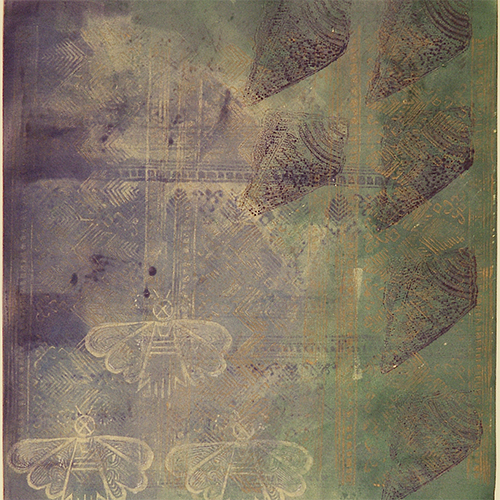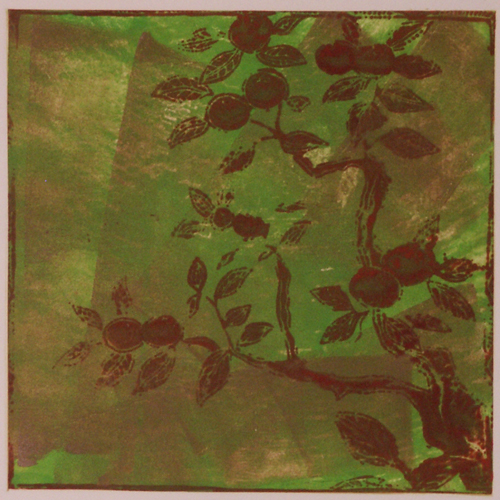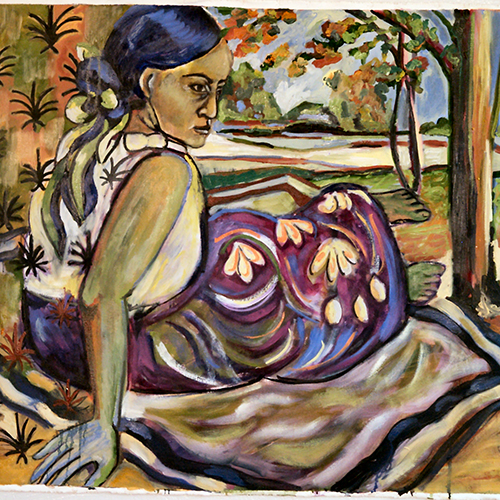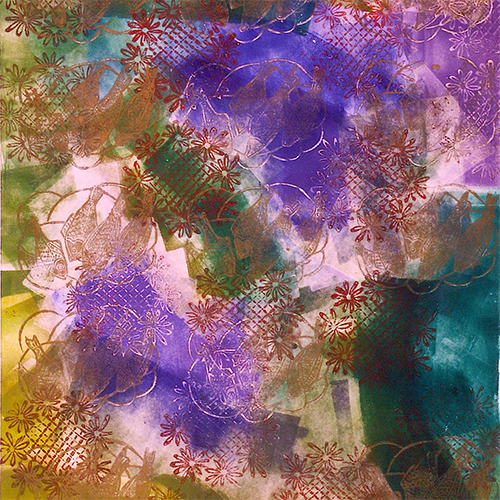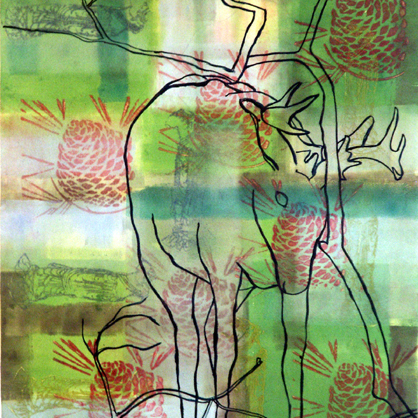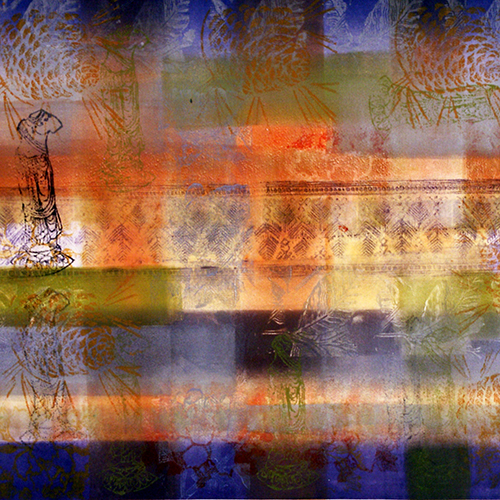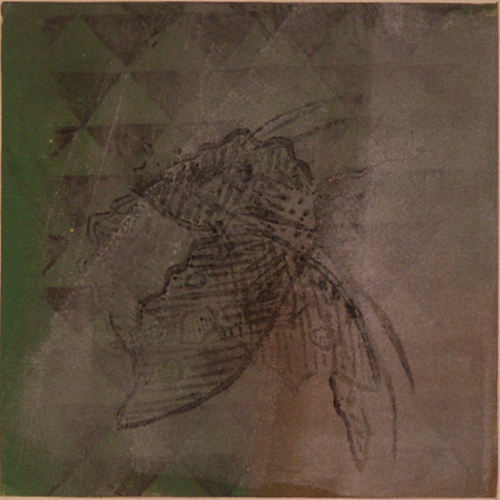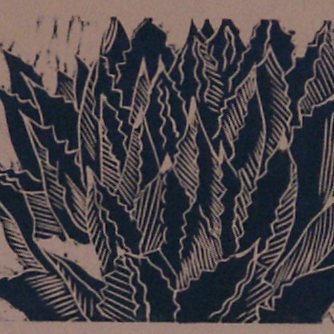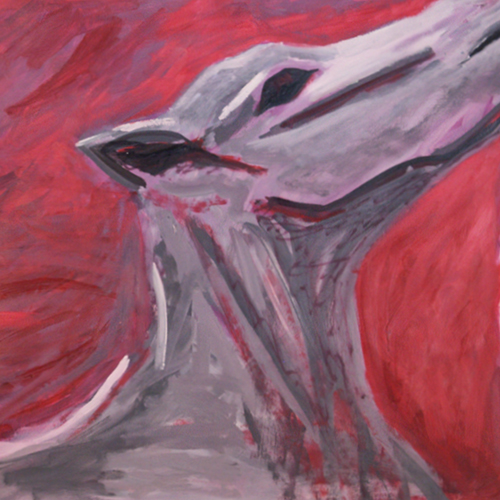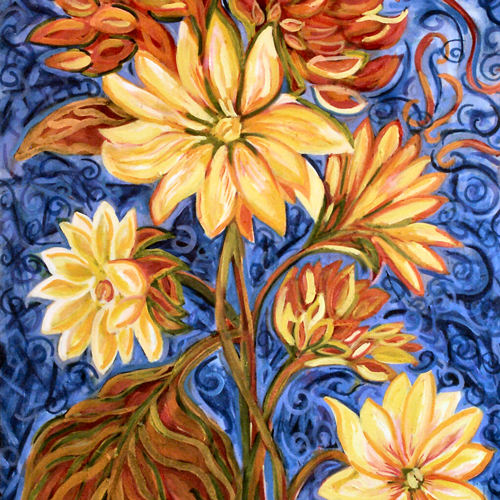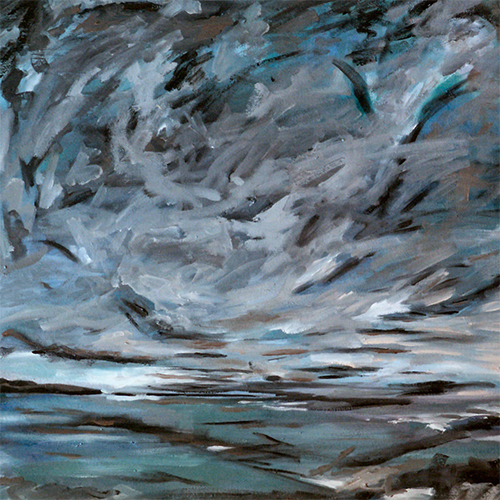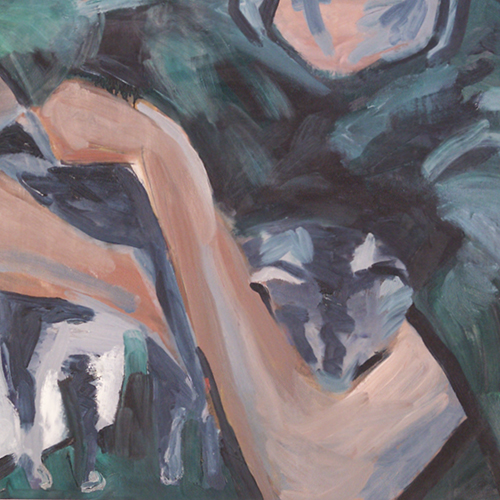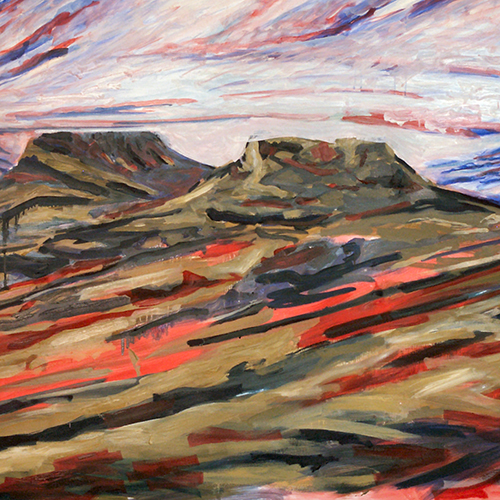-
Thunderbird Woman Robe (2021 - 2022)
Thunderbird Woman robe (2021-2022)
Give Love and Thanks to Water
Inspired by my family, weavers, Maya weaving and clothing, embroidery samplers, Land Defense and Defenders, and Isaac Murdoch, maker of our iconographic Thunderbird Woman (see his post below)
materials: home spun wool warp, commercial wool weft
zoom and email weaving helper & positive support: Ms. Kay Parker, Robert Pictou
loom frame maker : Mr. Andrew Barton
Love and Thanks
read more -
i, delusional (2019)
to Those who live in dreams
i, delusional: who am i, to exist?
Who sees?
you, lonely one Compatriots
delegated to category of myth
quiet times are Spirit sight Grandmother/father, giant Elk bigger than the empire state - hallucinations, or just as it is meant to be, from the beginning of time perhaps
Spirit Bear sparkles as circular halos, our ancestral Ghosts, their languages, manners, gifts
at a disbelieving distance one may report, but you see
you and they are here holding hands, raising fists
Peace, Justice moves this way
Embrace delusions of fulfilled Justice, actualized Rights, Responsibilities to Living Beings, Powers of Land and her Beings’ redemptive field, the old growth Hemlock, the Sacred, Wild, Good Eternal
these, we Make
read more -
2017 land, land, forever
land, land, forever
no fear, no pain (acceptance)
Relative:
all living beings are related to all living beings, and every thing is alive
Relationship: when i love you, Relative, no thing can ever hurt me
Remediation: put back together all you Living Beings, broken apart
LandLandForeverMother (blog)
https://landlandforevermother.wordpress.com/
read more -
2016 - 2018 extinction portraits
Extinction Portraits: the Political Economy of the Grizzly Bear
The first teachers are the Animals. Creation Stories, field observations, relationship to Home/Land, is the Indigenous Environmental Bioregionalism of Place, successful for millennia too old and long to count, in modern spreadsheets. Extractive industries (i.e; the reap and rape of the commons), with its colonial imposition of man camps, drugs, alcohol, sex for hire slavery, and complete environmental destruction of Home/Land, leaves a spoiled land unable to support life, marginalized down wind and downstream, extinctions, and a population of completely dispossessed persons, now unable to live sustainably. Open-pit mining, clear-cuts, and other so called ‘development projects’, as they have been mostly practiced in the Americas, create three things: 1. Massive wealth and power for the few; 2. Extinctions; and 3. “Skid Row”s of all major cities, world-wide, populated by dispossessed Indigenous peoples who no longer have a Home/Land to whom to return. Promises of economic parity, justice, are just that. Remediation is a dream. The birthplace of the nuclear bomb in the American southwest, Alberta’s tar sands, are all omnicidal realities. No one, no matter whom, can live, dream, on these landscapes, destroyed in geologic terms, by political economics fuel by lawless expediency, imperialist goals; the ‘Greed Sickness” of our time.
read more -
2015 ayotzinapa
Where are our bright future leaders, the Ayotzinapa 43,
and others, all of those men, women, and children,
those made ‘disappeared’,
our maimed, buried in bunches,
we, taken by state-sponsored and domestic violence, full lives taken before they had their chance to make good in this sad world
a world who needs them, every one.
Them, Us.
Where is our great crime, that made them, take us, torture us, kill us? Teaching, planting, making songs and dances to and for our beautiful planet, that we all may continue.
Taken alive, are the men somewhere in the hill land of the growing pines or along shining lake shores?, those beautiful natural places that are what we are – soil, light, water.
Taken in the night, are they now, the things we return to, soil, rain, ashes.
light/dark (Se los Llevaron, Los queremos!) is a prayer and a memorial, with Marigolds, Toad - the bringer of Rain, Earth Lord, Corn, and the Sacred Heart of both Mother Mary and Resurrected Jesus. Thanks to all those who give, all who sacrifice, that this Mother Earth may be loved, protected, those who lived in a way so that our Life-Givers continue.
read more -
2014-2015 elk dreamer
(installation piece 60” x 65”)
Elk Dreamer (altar of supernaturals)
owning, amassing, collecting
read more
hair, head, ears, antlers
men brag of seeing you, great beauty
and in that sacred moment of awe, upon the first shocking glance
at magnificence
not dropping to their knees
not laying down tobacco
not falling down when the spirit hit them in the head with elk speech
but taking aim and firing.
killing the biggest and the best
of every living thing -
2013-2015 heroes, ghosts
heroes/ghosts reflects upon urban and state-sponsored violence, human-made climate disruption, and how aboriginal logic works and prevails in its midst. the aboriginal spirit, relationship to Mother Earth and her Beings, are honored here. internal strength despite all horrors and threats, is honored through images of saints for our time: the little girl who wears her traditional First Nations clothes, knowing it targets her to the death squads (2012; prophecy); the man who risks his life at Gustafsen Lake (jj Weather Changer); surviving thoughts and acts of suicide (high flier) are examples.
this series thinks about the every day heroic acts of surviving modernity and its colonial impositions; the waves of colonizers, land dispossession, Indian Residential Schools. Heroic acts are raising children and the power of the ancestors (Here, again); and animal helpers (ask me, i know).
the paintings are here translated into icons, a sort of holy cards; the resultant painting a witness to horrors, injustice, the chaos of our times, a descriptor of the saint's work in modern life (our sometimes collective internal struggle to survive modern life and the many waves of colonial impositions).
i hope these painting prove holy people walk among us in the street and in the village, they are inside us and outside us, and that these paintings may be a testament to we, Survivors.
read more -
rain snow hu(man) (2011-12)
(6’ taxidermy mount, wire, beads)
Privatization of the world’s water sources, climate change, dewatering of lakes via massive mining destruction, drought, all mark the aboriginal prophecy towards imminent suffering and wars over water.
life-size animal mounts covered in beads and cat food can lids, to speak about where fur and Spirit animals reside when the forest disappears. Bear, mountain goat here are re-sanctified in their modern clothing (beads as fictious pajamas), to speak of resource extraction, species loneliness, and hope for healing; to express relationship of humans and homes to the natural beings and sustainable homes of the bioregion, and the continuing nature of human relationship to animals and Supernaturals. The pieces ask the question, where are the Spirit Animals, animal familiars, in an urban landscape? What of indigenous philosophy of place and affect remains in the downtown eastside core of Vancouver, in Los Angeles, along urban highways? Ojibway theorist Gerald Vizenor defined “indigenous” as those who have survived several waves of successive colonization, using the phrase, “survivance” to speak of the continuous process of being in a modern world (Vizenor 1999). The wrapped animal mounts proclaim their continued efficacy, in the aboriginal tradition, although under glue and detritus of city living.
read more -
2010-2011 medicine man crown of thorns
(6’, taxidermy mount, beads, cat food can lids, cedar, sage)
Trophy hunting takes the largest and the best, violating the basic rules for species survival, wasting meat, spirit, and materials, and manufacturing pseudo animals with fragments of trophy skin onto formaldehyde mounts. Where is the aboriginal sacred Bear, or, the food bear, in this modern reality?
read more -
2010 tree constellation
http://constellationremediation.wordpress.com/
Mother Earth Flower Project, the Reason for the Flowering Huipile (aka Tree Constellation) is a grass-roots community remediation-through-planting in marginalized spaces project, in south-central Los Angeles, Watts, Compton, linking communities of ‘guerilla gardeners’, the work focuses on trees as family members, as healers for families impacted by gun violence in the inner city, communities forgotten by urban infrastructural planning and maintenance. The Reason for the Flowery Huipile, looks to remediation of a rural and urban landscape, and as an act of solidarity with those farmers in a nuclear landscape who continue to plant their indigenous seeds despite radioactive contamination of land. The planted trees are points on a constellation map.
"Tree Constellation" is an art installation using fruit trees as the constellative media, for a map of resistance and remediation to personal tragedy in south-central Los Angeles. It is a grass-roots community remediation-through-planting in marginalized spaces project, and is an act of solidarity with farmers in a nuclear-polluted landscape of the American southwest who continue to plant their indigenous seeds despite radioactive contamination of Homeland.
TreeConstellation is a grass-roots act of committed solidarity with those farmers and gardeners who live in a nuclear-polluted HomeLand (northern New Mexico), and yet continue to plant their indigenous plants despite radioactive contamination from the nuclear bomb industry. Acts of solidarity with others facing the seemingly hopeless goal of remediation; to put back together what has been broken apart by urban and/or state violence, here, is planting food bearing trees and plants.
trees and plants here are the earthly stand-ins for stars, celestial beings, gaseous rocks, the things of legend, folklore, and dreams. Trees like stars, are each a statement of hope, a Living testimony and commitment to life in all its species manifestations, in a place where violence threatens life and livelihoods. Planting, trees, the acts that nurture and make real, linked with an outline in the city and in the mind, creates a map, a spatial connection through work of hands and the transformative act of work.
Constellation’s namesake in Compton is Eagle Tree, a 200 year-old sycamore, named for the family of Eagles who nested there every year, witness to the successive waves of changes in southern California from its original desert to its contemporary neglected inner-city reality. From desert, to large ranches, family farms, single-family homes, apartment dwellings; from sustainability to poverty, fresh air to smog, peace to violence, under a temperate climate, the tree is the witness.
read more -
2010 - 2011 neskolith lake
(in honor of Me7wíktlmen: Neskie Arrow Manuel, d. 2011)
the painting is about young people who have so much to give, and do, and who leave us so early, in a time when many communities are struggling for justice (economic and social), and we need them. it is about loving someone, missing them, and having them, forever, in the beautiful Nature.
Neskie, Chief Judy Wilson of Neskonlith said:
"He took on his family's leadership values at a young age. His grandfather, George Manuel, was a founder of the Union of BC Indian Chiefs and his father Arthur is an internationally-recognized expert on aboriginal rights and title. But Neskie made his own way with courage and humility. Community members valued him as their Band Councilor. They felt that what they had to say really mattered to him. Neskie believed in people and they believed in him."
read more -
2009 - 2011 postage stamps corn mother
#98 3” x 5” companion series to Corn Mother.
Corn Mother v. Childless Corn, the Terminator Gene (GMO)
Corn Mother art series reflects upon Indigenous logic of Home/Land Place and her Beings, such as corn, water, rain snow, bears, snakes, Supernaturals, and insects. the series compares aboriginal logic about specific living Beings with modern scientific ideas and philosophies that have led to global warming, the terminator strain of Monsanto corn, fouled air and water, and expresses social commentary through fabric-based artworks, poetry and prose.
Corn Mother are hand sewn by one person, in order to claim solidarity with those in relationship the ancient act of Making. Making is political activism, a social statement, a sacrifice, conscious resistance to mechanization and homogenization, and an act of survival; one who can Make/Create will always be able to eat.
Named for aboriginal Corn, Corn Mother, in honour of her body and spirit, her sacredness, and the power of reproduction, and the effect upon all living beings, speaks to seed sovereignty, the UN Right to food, and food security.
read more -
2008 - 2010 forest one
(nash metropolitain)
Forest One: What Made Me, Here?
“Forest I” is a cedar bark, plastic strapping, and wool wrapped-twined and plaited full-size automobile (1956 Nash Metropolitan) with bark salvaged from urban forests clear cut for condominium developments.
Spirits, shown by flowers and animals woven in wool, considers wrapped bottles, wrapped bodies, as its ancestral line. Forest I speaks of colonization, urban sprawl, the concept of trash (the tree, the car, and what comes back again).
Does one have the sorrow of the clearcut, or the thrill of progress?
Where is the feeling of loss, of never being able to experience a true wilderness –
or is it the fear of the wilderness, that prevails?Remediating an urban landscape that came from the forest, still smelling of bark, roots, and soil, in Forest I, happens through the act of salvage. Bark, considered trash to construction crews, is transformed here into a basketry car. Thinking back to the basketry covered glass bottles, Forest I considers and speaks to the several waves of colonialism upon aboriginal peoples.
read more -
2008 deer grandmother giveaway
one fabric piece, and several hundred one-color prints, given away
Deer GrandMother Give-away
read more
deer looks into her grandmother’s burden basket, the ghost of Sasquatch hovers.
give and take, eat and be eaten.
several hundred hand pulled one color prints, made with old dictionaries, travel guides,
and books as art paper, were given away as gifts to honor and acknowledge the
sacrifice from myriad beings so that humans may live, such as trees for the paper, flesh
and plant beings for food, Supernaturals for health and life.
Love and Thanks to All Wild, Sacred, Good -
2007-08 sasquatch held in the basket of memory
Elder Relative: Sasquatch Held in the Basket of Memory
the politics of hopelessness is a political tool eroding belief in mystery, possibility - the ‘what if’ that races in and out in life; it creates a crippled populace who no longer care to grow food, protect Land, care deeply and passionately for all living beings, to vote, recycle, to sacrifice for the common good, to sew a wedding dress or coach baseball.
understanding Possibility, living peacefully within mystery, knowing that there are real, living things - ideas, places, Beings - which mainstream folks reject and perhaps denigrate, is to have hope in the wild. do you remember, traveling into the honest tress, not knowing what you might see?, a deer, a spider, a rainbow?
having an active creative life, knowing or thinking you may know what is not known by a majority population, seeing your relatives in the Wild, feeling free and safe in wilderness, thinking your life has meaning, believing in Love, transformative power, the affect of work, all come from Hope.
twenty-one painted plywood panels, carved in shallow relief as printing blocks, several hundred small one-color prints on recycled previously printed papers, and a signature appliqué blanket piece each illustrate an encounter someone i personally know had with Sasquatch.
read more -
2005 cedar trash lives again
Tree of Life, the aromatic, healing, sheltering, traveling, housing Cedar Tree, lives in massive forests with many of our relatives; hemlock, bears, fish, Sasquatch.
at Burnaby Mountain, SFU, Cedars and others felt the hard sharp teeth of the chainsaw. wishing to salvage the bark and withes for student work, to teach them the logic of this place, i began planning my gathering work. my quest for university permission to gather was problematic, yet humorous. taking the bark was considered theft, the university spokesman said, and if caught, i would be arrested for my crime. arrested! when queried about where the bark was going (what was someone else using it for?), the university spokesperson said it was trash and was going to the landfill.
Cedar "trash" as the developers called it, is the skin of The Tree of Life (the beautiful Cedar, my dear Friend). A little pulling, separating, sorting, and peeling again, bark from felled and lying down trees gave me enough materials to share with several classes of students, and enough for this art project.enough. trash.
read more -
2005 - 2008 species loneliness (#97)
Surviving Modernity: Species Loneliness in the Age of Nuclearism
How do humans survive modernity, the post-industrial world we have created for ourselves? Are there human ethical obligations to the non-human, living world? Species Loneliness speaks to environmental justice , noting the aftermath of massive resource exploitation and marginalization of HomeLand. each of the 98 panels consist of two photographs and one poem.
four thousand photographs were taken during fieldwork seasons where i conduct oral narrative research with aboriginal people into their/our stories regarding the nuclear bomb upon aboriginal Home/Lands, resource extraction, and environmental concerns sprung from colonial impositions. of this number, 196 were chosen for this thematic photograph poetry piece.
each panel is a stand-alone reality; a view into human experience in a mainstream culture that has no one canon or dogma, no set of shared beliefs outside of popular culture in which to inform and to navigate a complicated life. a collective disease resulting from extinctions, habitat loss, and compromised, misplaced and displaced beings and landscape is species loneliness.
read more -
2005 - 2007 happy birthday super cheaper
Happy Birthday Super Cheaper (HBSC) is an art series made up of scavenged items, found in trash, on the ground, or in thrift stores. HBSC questions the concept of inanimate, as if something could be not-alive, yet hold its form for years, these objects in the form of animals represent species in our consciousness or imagination, or at least, in our visual memory. Each animal, as if it were an Animal (i.e.; Supernatural), has been considered, and a special set of clothing made especially for each one, honoring, and transforming a Being from refuse (one that was once cast away) into 'art.', the wool used here is from a trading post on the Navajo reservation and also from the thrift store. The cast offs, the forgotten ones, the expendable 'trash' are here now, dressed in their finery, as if attending a fancy birthday party or grand ball. They are all gathered together, each sees the other for their worth, and at the party there is more than enough to eat and nourishing things to drink.
Happy Birthday Super Cheaper is about how work, attention, time, will and stubbornness transforms trash, re-creates it, here, into objects or people of high rank. it is about the transformative power of handwork, to the maker and the receiver, and the solidarity of the hermitage; those of us who are weavers, ditch diggers, fry cooks, maids, and monks.
read more -
2004 corn mother
Corn Mother v. Childless Corn, the Terminator Gene (GMO)
Corn Mother art series reflects upon Indigenous logic of Home/Land Place and her Beings, such as corn, water, rain snow, bears, snakes, Supernaturals, and insects. the series compares aboriginal logic about specific living Beings with modern scientific ideas and philosophies that have led to global warming, the terminator strain of Monsanto corn, fouled air and water, and expresses social commentary through fabric-based artworks, poetry and prose.
Corn Mother are hand sewn by one person, in order to claim solidarity with those in relationship the ancient act of Making. Making is political activism, a social statement, a sacrifice, conscious resistance to mechanization and homogenization, and an act of survival; one who can Make/Create will always be able to eat.
Named for aboriginal Corn, Corn Mother, in honour of her body and spirit, her sacredness, and the power of reproduction, and the effect upon all living beings, speaks to seed sovereignty, the UN Right to food, and food security.
read more -
1996 Diasima portraits
lovely saints, perfect hair and skin. what of us without the scent of roses, trying to make another day.
read more -
1992-94 paintings washington
painting in my studio bedroom, sent to hospital for solvent poisoning
(samples of work from these years)
read more -
1980s paintings
painters are always learning. early work, some of the same problems here i still struggle with, i am just able to see the mistakes earlier in my process now
read more -
1980-2003 landscape - paintings
a few landscape paintings from these decades. Until 2004, i seldom photographed anything, and gave away work as soon as produced.
read more
